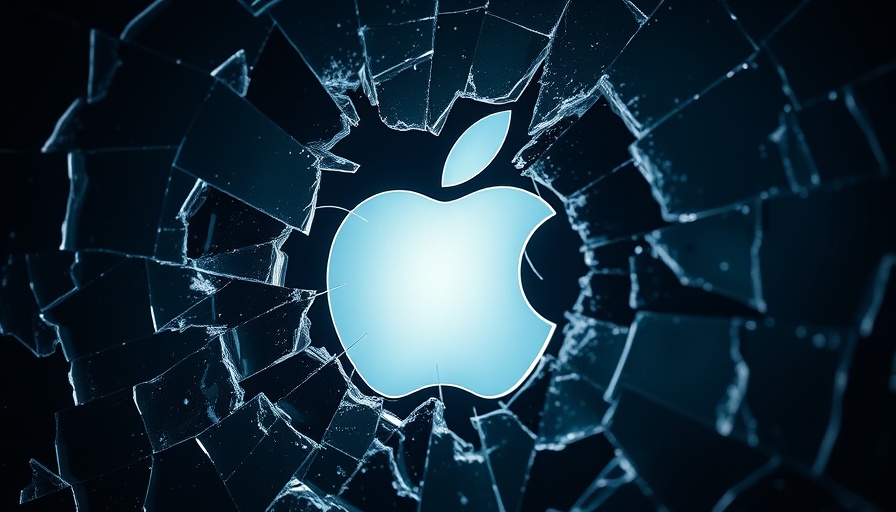
Time to Embrace Change: Windows 10 to Pause Microsoft 365 Updates
Microsoft recently announced a significant shift for its Microsoft 365 users on Windows 10. Starting in August 2026, users on this legacy operating system will lose access to new features, a move that's urging many businesses to re-evaluate their tech infrastructure. While security updates will continue for another two years, the writing is on the wall—upgrading to Windows 11 is becoming more than just a recommendation; it’s a necessity.
Understanding the Implications of This Change
This news poses substantial implications for businesses relying on Microsoft 365 applications like Word, Excel, and PowerPoint. As the software ecosystem evolves, being stuck on Windows 10 could limit a team’s productivity. Companies will still have access to critical security frameworks until October 2028, but without new features and functionalities, they may increasingly fall behind competitors who make the software jump.
What Can You Do?
As business owners, it’s essential to develop a proactive upgrade strategy. Assessing your current hardware against Windows 11's requirements should be a priority. If upgrades are not feasible, exploring alternatives like Linux could be worthwhile. Innovation plays a crucial role in business success, and adopting new technologies can breathe life into operations.
Adapting With Confidence
The transition may feel daunting, but it’s an opportunity for growth and learning. AI tools and resources can help streamline your transition process. Understand that keeping up with technology is just as important as understanding your financial strategies. In the end, the upgrade could lead to more efficient operations and stronger business results.
Take Action: Embrace the Transition
Change often is uncomfortable, but it presents an avenue for improvement. Don’t wait until August 2026 to act. Evaluate your current systems and consider making the switch to Windows 11 or exploring alternative operating systems. Equipping your team with the latest tools can unlock new potentials and foster a culture of innovation. Your financial success could depend on your adaptability, so start planning today!
 Add Row
Add Row  Add
Add 










Write A Comment